May 11 morning
2020 May 11 morning
Jeremy Tatum shows a caterpillar of Hydriomena nubilofasciata from Garry Oak on Christmas Hill:
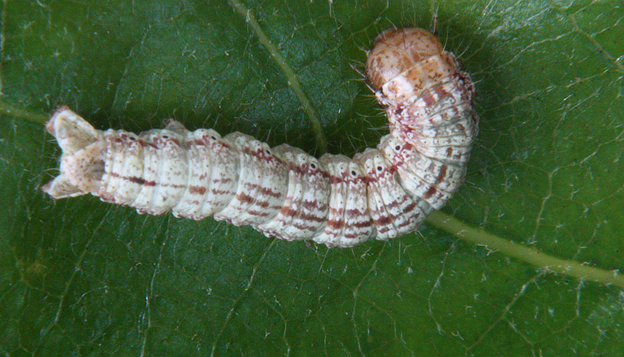
Hydriomena nubilofasciata (Lep.: Geometridae) Jeremy Tatum
Here’s a picture of a Fourteen-spotted Ladybird from Mr E:
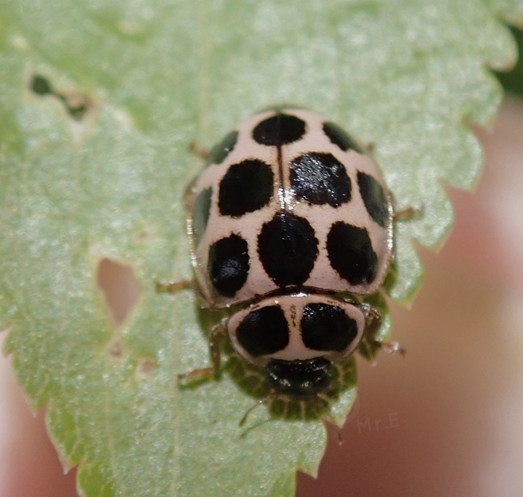
Fourteen-spotted Ladybird Beetle Calvia quattuordecimguttata (Col.: Coccinellidae) Mr E
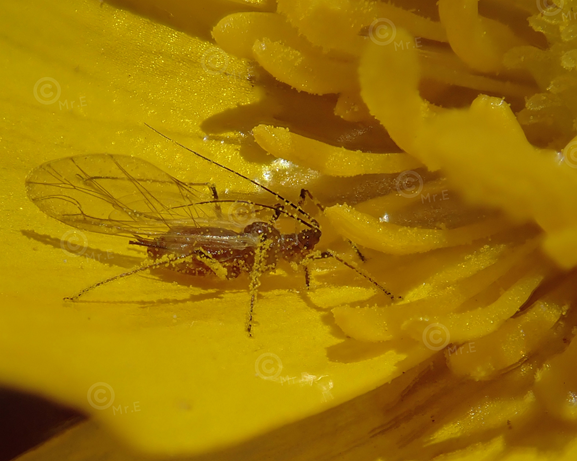
Unidentified aphidid (Hem.: Aphididae) Mr E
Scott Gilmore writes: I have a poor photograph of a new to me long horned beetle – Evodinus vancouveri – which my son and I found at Mount Washington Sunday May 10. Jeremy Tatum comments: I don’t suppose many viewers will agree that this is a “poor” photograph!
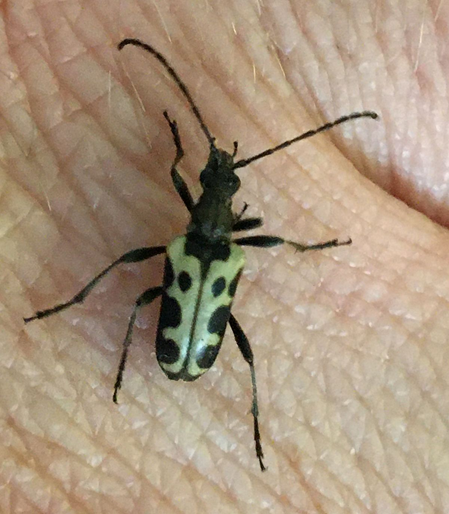
Evodinus vancouveri (Col.: Cerambycidae) Scott Gilmore
Here are some photographs of Pholcus phalangioides from Jochen Möhr in Metchosin. They are quite remarkable. One of them shows the cast skin of the spider. How does it carry out such a delicate operation and leave the cast skin apparently undamaged? Another of the photographs shows the spider eating something. Although we can’t be sure of what it is having for dinner, it does look rather like the spider Eratigena. But how can such a delicate spider as Pholcus overcome and kill (if indeed that is what happened) such a huge, strong spider as Eratigena? I asked Dr Robb Bennett about this, and this is how he replied:
Yes, a young Eratigena or Tegenaria domestica. Pholcus (and various theridiids) are well known for taking down quite large prey. I used to survey for Eratigena agrestis and duellica population by quickly checking theridiid webs around building foundations and window frames.
Answer to moulting “how?” is “very carefully”! I believe there is much under-skin enzymatic action happening to grease the wheels, so to speak. And all parts of the spider are very soft and malleable during and after the moulting process. Skin and all major and micro setae harden up very shortly after the spider emerges. Interesting that the moulting procedure is fairly standard across the phylogenetic spectrum of spiders – first pop open the top of the carapace like a hinged manhole cover, then slowly wriggle the pedipalps and legs out of their old gloves and leggings, and then finally extricate the abdomen. Puff up a bit, then harden up, and good-to-go…
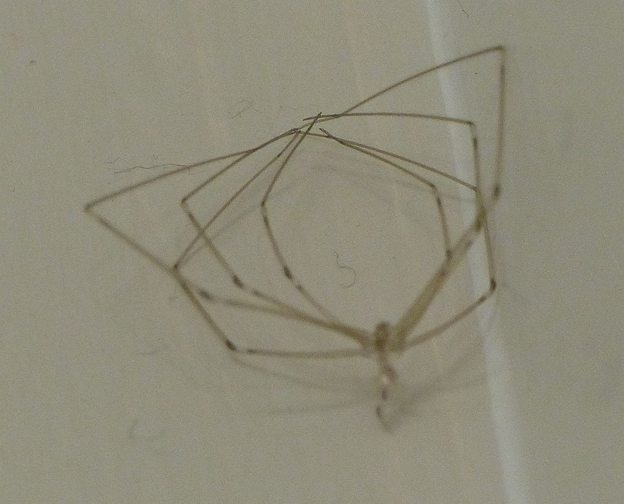
Pholcus phalangioides (Ara.: Pholcidae) Jochen Möhr
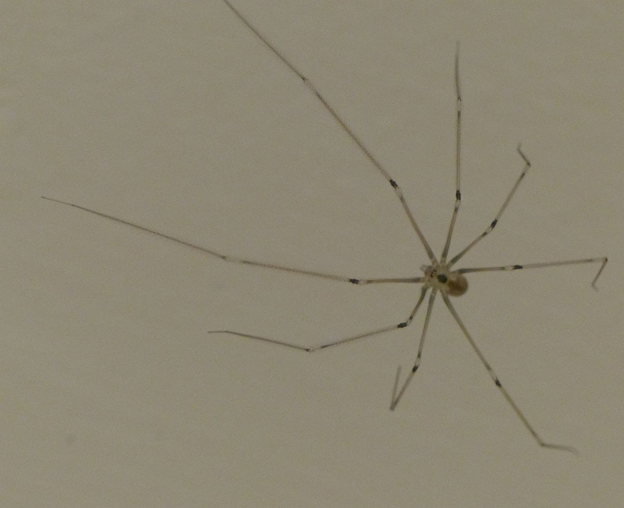
Pholcus phalangioides (Ara.: Pholcidae) Jochen Möhr
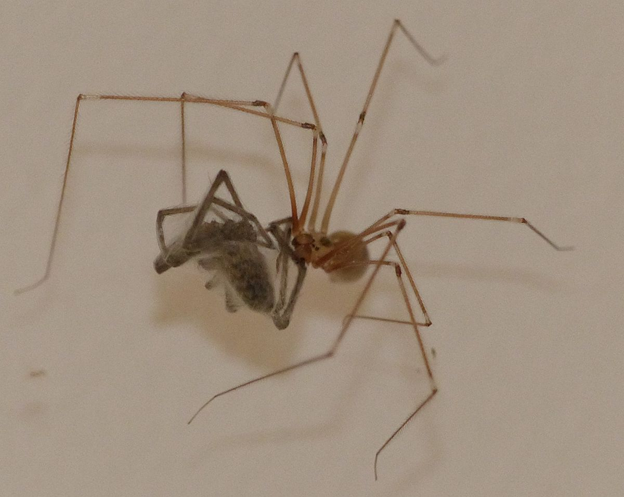
Pholcus phalangioides (Ara.: Pholcidae) Jochen Möhr
Here are two jumping spiders photographed by Mr E. Thanks to Dr Bennett for confirming that the first is Eris militaris. We can’t be sure of the second.
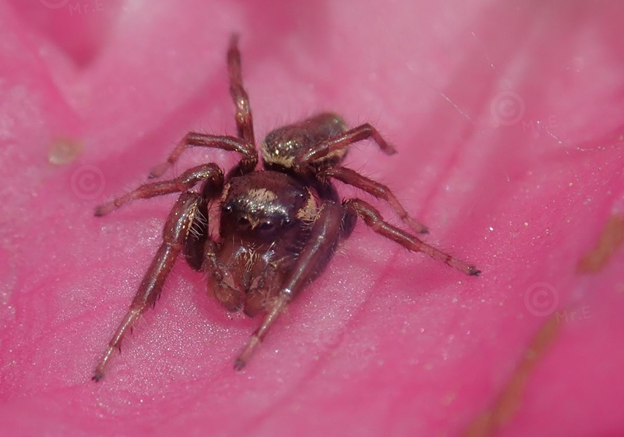
Eris militaris (Ara.: Salticidae) Mr E
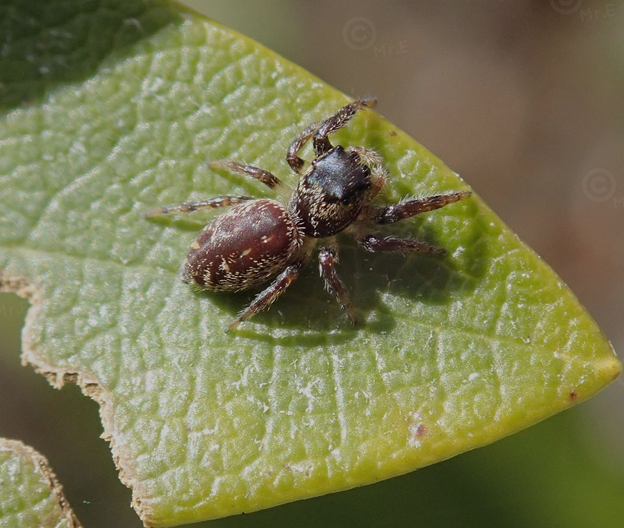
Unidentified jumping spider (Ara.: Salticidae) Mr E
More to come later. I am whelmed at the moment. Jeremy Tatum
